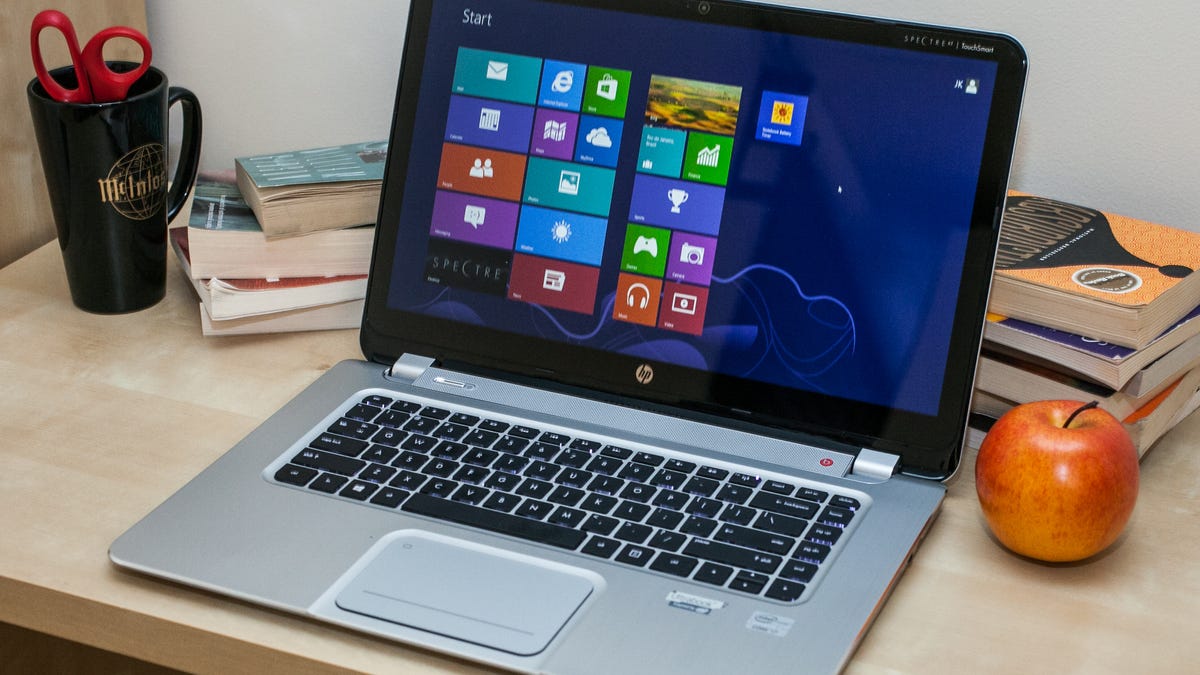Intel's Thunderbolt remains high-end rarity as Acer drops out
Windows computer maker Acer decides USB 3.0 is a better deal than Intel's high-speed communications technology. And despite notable newer fans, including Dell, HP, and Asus, Thunderbolt remains scarce.

In 2012, Acer became the first Windows PC maker to embrace Thunderbolt, Intel's super-fast communication technology. But that enthusiasm didn't carry past mid-2013.
The utility and ubiquity of performance improvements of USB, combined with Thunderbolt's high cost, led Acer to drop the port from its machines last week.
"We're really focusing on USB 3.0 -- it's an excellent alternative to Thunderbolt," Acer spokeswoman Ruth Rosene said. "It's less expensive, offers comparable bandwidth, charging for devices such as mobile phones, and has a large installed base of accessories and peripherals," she said, mentioning external hard drives, flash drives, keyboards, mice, and gamepads.
It's a loud vote of no confidence from a Taiwanese company that has risen through the ranks to become a top laptop manufacturer and that has just updated its PC product line sans Thunderbolt.
But Intel isn't thwarted in its ambition to spread Thunderbolt widely, even if not to low-budget segments of the industry. "PC adoption is increasing," said Jason Ziller, director of Intel's Client Connectivity Division.
"There are more than a dozen new 4th-generation Intel Core processor-based platforms already launched with Thunderbolt, including from Lenovo, Dell, Asus, and others, with more coming throughout 2013," Ziller added. "Thunderbolt is targeted toward premium systems. It is not targeted to be on mid-range or value systems in the next couple of years."
The clock is ticking for Intel. In 2012, Ziller told CNET that Intel's goal is for Thunderbolt to be "broadly deployed across most PCs" within three to five years.
One example of the newer Thunderbolt-equipped systems is the Dell One 27, an editors choice-winning, all-in-one machine with a 27-inch touch screen. With an entry price of $2,099, it costs more than the vast majority of the market is willing to pay.
Others include the Hewlett-Packard Specture XT 15-1401nr, a $1,200 touch-screen laptop; the Asus G750, a gaming laptop with a 17-inch screen and a starting price of about $1,400; the Asus ET2702, an all-in-one cut from the Dell One 27 mold; and the Gigabyte P35k, a 15.6-inch gaming laptop.
Thunderbolt makes sense in some demanding situations such as video editing where customers see a benefit from its fast 10Gbps data-transfer rates and its ability to daisy-chain multiple peripherals together so a laptop with a single Thunderbolt port can handle many devices. (Each Thunderbolt connection actually can carry 40Gbps of data, with two 10Gbps that can send data bidirectionally.)
Intel's biggest Thunderbolt ally remains Apple, whose computer designs carry influence beyond its relatively small share of the PC market. It's brought Thunderbolt support to its MacBook Pro, iMac, Mac Mini, and MacBook Air computers, and later this year it will complete the adoption with its with no fewer than six Thunderbolt ports on its next-generation Mac Pro. On that machine, Thunderbolt let Apple use a smaller chassis, omitting the empty bays for hard drives and plug-in cards that are typical on high-end workstations. Instead, expansion comes with external peripherals.
The Mac Pro will come with Thunderbolt 2, a version that doubles data-transfer speeds to 20Gbps but preserves the ability to connect six Thunderbolt devices and a DisplayPort monitor. The USB world is moving ahead, too, though: USB's speed is set to double to 10Gbps in 2014.
High-end users will still appreciate Thunderbolt's performance, though, Ziller said.
"Thunderbolt 2 enables 4K video file transfer and display simultaneously. We believe it will help increase adoption as more users want to have the capability to work with high-resolution video or photos," he said.
Intel has a powerful lever it can use to spur adoption of new technology: its chipsets. These supporting processors handle lots of input-output chores, and building a technology into them means that PC makers essentially get that feature at no extra charge. USB 3.0, which can transfer data at 5Gbps, took off when it arrived in Intel chipsets in 2012.
Intel declined to comment on its plans for integrating Thunderbolt into chipsets.
It's tough to get new input-output (I/O) standards to catch on. Adherents face a chicken-and-egg problem: it's not worth it for peripheral makers to build devices until computers have support, and it's not worth it for computer makers to add support until there are peripherals.
Thunderbolt adoption hasn't been helped by its price, with external hard drives pricier than USB models and Thunderbolt cables initially costing $50. Intel's third-generation Thunderbolt controller chip, the DSL4510 code-named Redwood Ridge, costs $10 and can power two ports. Intel hasn't yet revealed pricing for Falcon Ridge, the fourth-generation controller chip that will support Thunderbolt 2.
Cable costs dropped as new suppliers entered the market, and a steady supply of peripherals indicates that Thunderbolt has found a foothold. But nearly two and a half years after Thunderbolt arrived on the market in Apple's MacBook Pros, its presence remains a foothold, not a stronghold.

